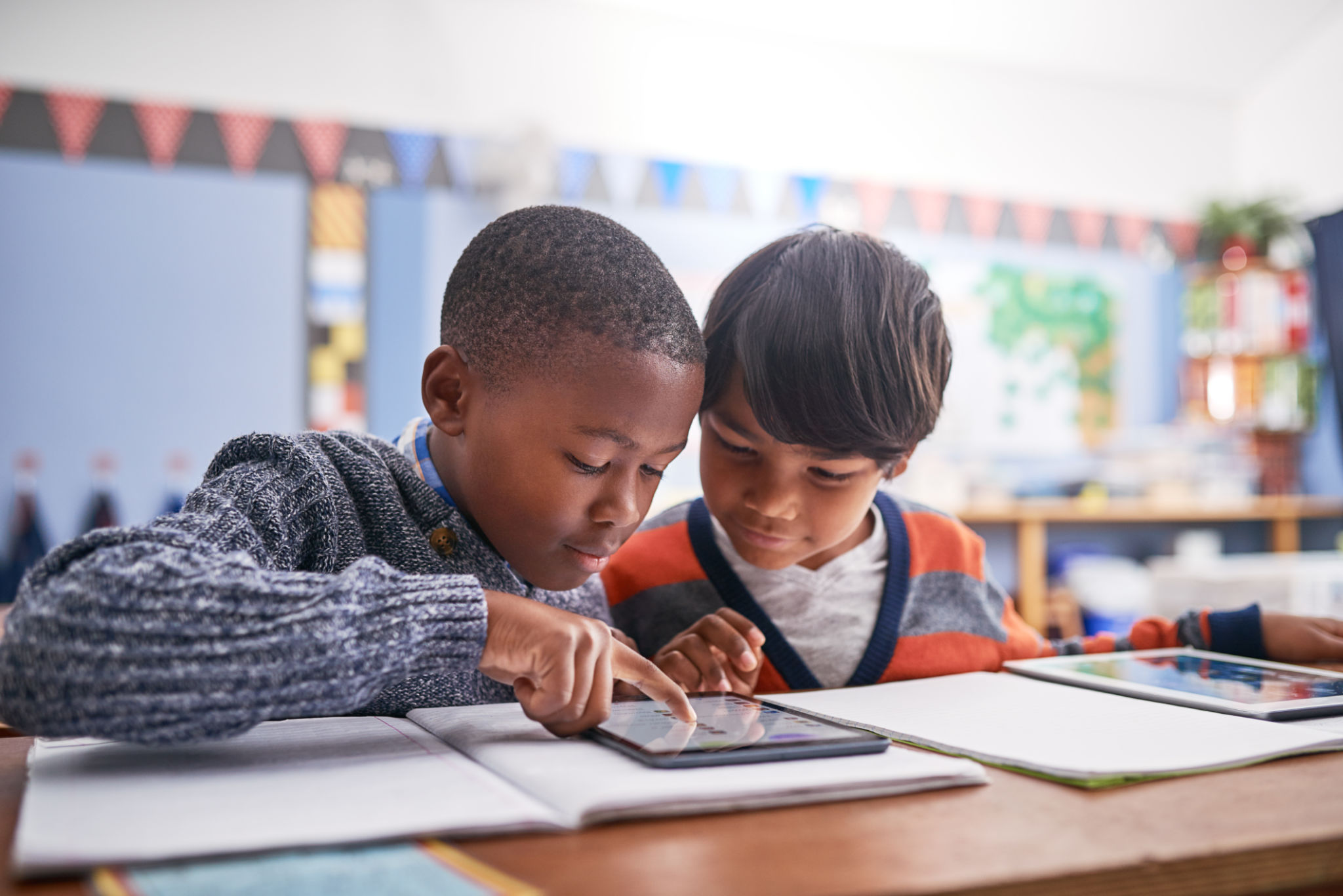Uncovering Common Myths About Technology in Education
Introduction to Technology in Education
In today's rapidly evolving educational landscape, technology plays a pivotal role in shaping how students learn and how educators teach. Despite its widespread integration, many myths and misconceptions still surround the use of technology in education. Understanding these myths is essential for educators, parents, and students to make informed decisions about technology use.

Myth 1: Technology Alone Improves Learning Outcomes
A common belief is that simply introducing technology into the classroom will automatically enhance learning outcomes. However, this is not entirely true. While technology can provide access to a wealth of information and new learning tools, its effectiveness largely depends on how it is integrated into the curriculum. Educators must employ strategic methods that align technology with instructional goals to truly benefit students.
Research suggests that the most successful implementations occur when teachers receive proper training and support to use digital tools effectively. Additionally, students should be guided in using technology responsibly to foster critical thinking and creativity.
Myth 2: Digital Devices Distract Students
Another prevalent myth is that digital devices serve only as distractions in the classroom. While it's true that devices can divert attention if misused, they can also be powerful tools for engagement and collaboration. Interactive apps, virtual simulations, and online resources can capture students' interest and enhance their understanding of complex subjects.

To mitigate potential distractions, educators can set clear guidelines and incorporate structured activities that encourage focused use of technology. By teaching students how to manage their screen time effectively, schools can transform potential distractions into opportunities for active learning.
Myth 3: All Students Have Equal Access to Technology
There is a misconception that all students have equal access to technology, which can lead to assumptions about the effectiveness of tech-based learning initiatives. In reality, there are significant disparities in access to devices and internet connectivity, often referred to as the "digital divide." This divide can hinder students' ability to fully participate in digital learning experiences.
To address this issue, schools and communities must work together to ensure equitable access to technology. Initiatives such as providing devices for students in need or creating community Wi-Fi hotspots can help bridge the gap and create a more inclusive learning environment.

Myth 4: Technology Replaces the Need for Educators
Some fear that advancements in educational technology will render teachers obsolete. However, this is far from the truth. Technology serves as a tool to complement the efforts of skilled educators, not replace them. Teachers play a crucial role in guiding students through personalized learning paths and providing support that technology alone cannot offer.
Moreover, technology can free up educators from administrative tasks, allowing them to focus more on student interaction and individualized instruction. This synergy between technology and teaching fosters an enriched educational experience for students.
Conclusion
In conclusion, while technology holds immense potential to enhance education, it is vital to demystify common misconceptions. By understanding the true role of technology in educational settings, stakeholders can harness its power effectively and equitably. As we continue to innovate and integrate new tools into the classroom, a balanced approach that includes both human interaction and technological advancement will pave the way for a brighter future in education.
